Green code for new buildings

A new energy-saving code for building contractors will help curb Vietnam’s carbon emissions Photo: Le Toan
>> Green growth sprouts from green investment
Vietnam has seen booming construction in recent years, mainly concentrated in major cities such as Hanoi, Ho Chi Minh City and Danang, with an ever-growing number of high-rises, shopping centres, hotels and supermarket chains. In these buildings, poor energy efficiency measures have led to huge energy waste and increased operating costs.
A World Bank report reflected Vietnam’s four-fold jump in energy consumption in the decade from 1998 to 2008. This resulted in an average annual 12 per cent hike in carbon dioxide emissions, one of the highest rates worldwide. Promoting energy efficient buildings could help mitigate some of these problems, helping the country meet its greenhouse gas emission targets, which include an 8-10 per cent reduction from 2011 to 2020.
“The building sector is among the biggest energy users in Vietnam, accounting for about 36 per cent of national energy consumption. Improving energy efficiency will help building owners reduce operating costs and contribute towards low-carbon economic growth,” said Wendy Werner, Investment Climate Advisory Services Manager for East Asia and the Pacific at the World Bank Group’s International Finance Corporation (IFC), the largest global development institution focused exclusively on the private sector.
The new code, enacted by the Ministry of Construction (MoC) is viewed by building experts as a marked policy improvement in energy-efficient building management.
The new code was also regarded as more user-friendly. With support from the IFC, the MoC will take further steps to promote its implementation through provision of clear guidelines, capacity building and training for evaluators, professionals and developers. Support and guidance for the construction of model buildings where the specifications from the new code are implemented will also be provided in order to showcase the benefits to investors.
According to Nguyen Cong Thinh, an expert at MoC’s Department of Science and Technology, the new code was an important step in detailing compulsory technical requirements to follow in public and private buildings such as offices, hotels, hospitals, schools, residential and retail buildings with more than 2,500 square metres of total floor space.
Targeting energy efficiency, the new code encompasses concrete technical regulations applicable to building components including building envelopes, interior fixture and fittings such as lighting, air conditioning and ventilation systems, lifts, power consumption and heating.
“The new code features compulsory technical requirements for every individual and organisation responsible for the design, construction and operation of more energy efficient buildings,” Thinh from the MoC underscored.
For new buildings and buildings undergoing upgrades, architectural blueprints will be required to contain details on how the code will be implemented.
“IFC’s baseline survey on Vietnamese building stock shows that application of energy efficient technologies and materials could save around 15- 20 per cent of energy consumption,” Werner said.
IFC through its Green Building and Sustainable Energy Finance programs is providing advisory services to building developers and local financial institutions to spur the uptake of more energy efficient buildings.”
“Although great challenges still lie ahead in executing the new code, it should spur on greater energy efficiency in new buildings,” said Nguyen Minh Thong, executive director at the Vietnam Green Building Council.
What the stars mean:
★ Poor ★ ★ Promising ★★★ Good ★★★★ Very good ★★★★★ Exceptional
Latest News
More News
- Going green to save a bundle (June 08, 2015 | 10:00)
- Green buildings: the rising trend (June 02, 2015 | 09:41)
- Green buildings – key to sustainable urban development in Vietnam (May 18, 2015 | 17:00)
- Feed-in tariffs continue to haunt green energy prospects (December 15, 2014 | 10:47)
- Building material types intrinsic to green ratings (December 09, 2014 | 11:56)
- Turning an eco- smart dream into reality (December 09, 2014 | 11:55)
- Green products enjoy a growing presence at Vietbuild Hanoi 2014 (December 01, 2014 | 10:06)
- Country profits from green building (November 24, 2014 | 11:02)
- Firms flout enviroment laws (November 17, 2014 | 10:48)
- Energy efficient sticks and carrots (November 10, 2014 | 15:30)

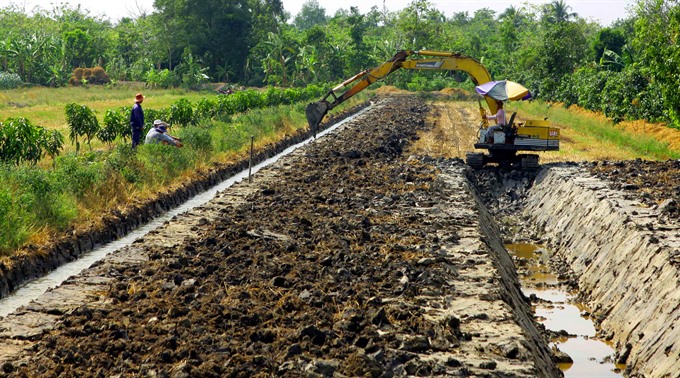
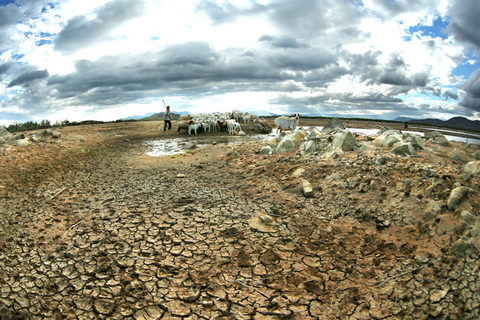

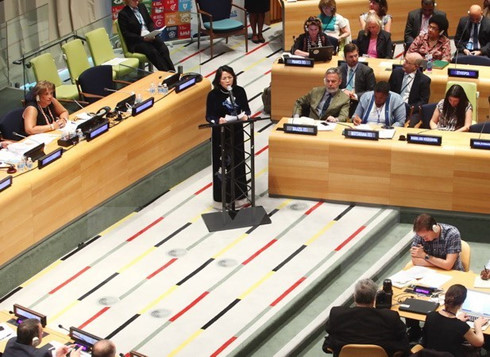
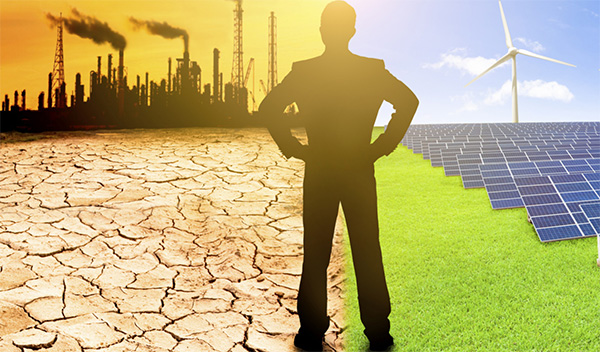
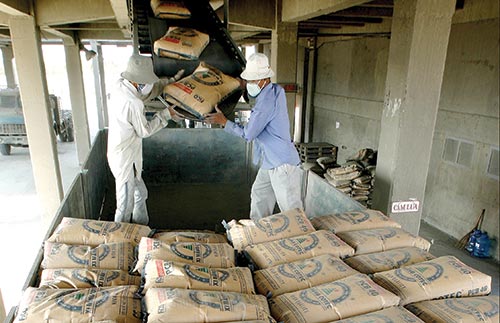


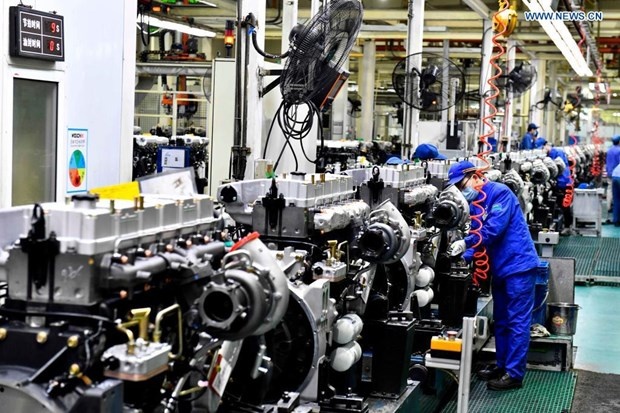
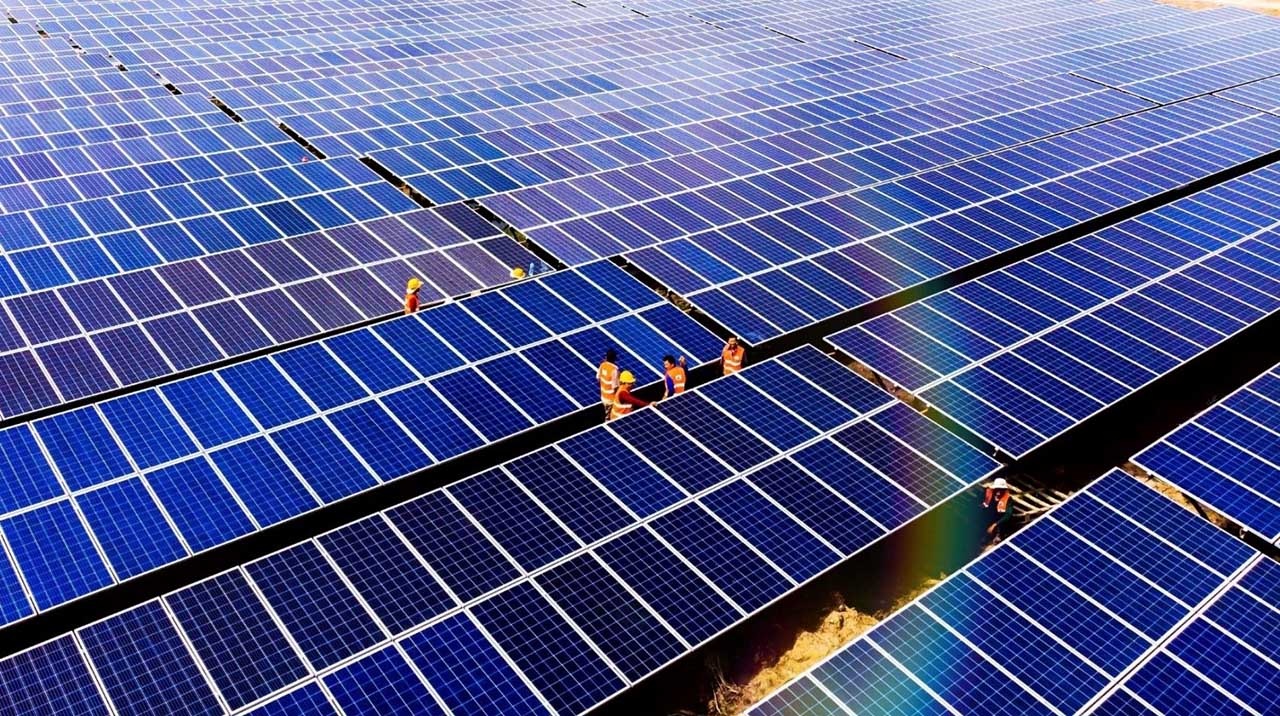
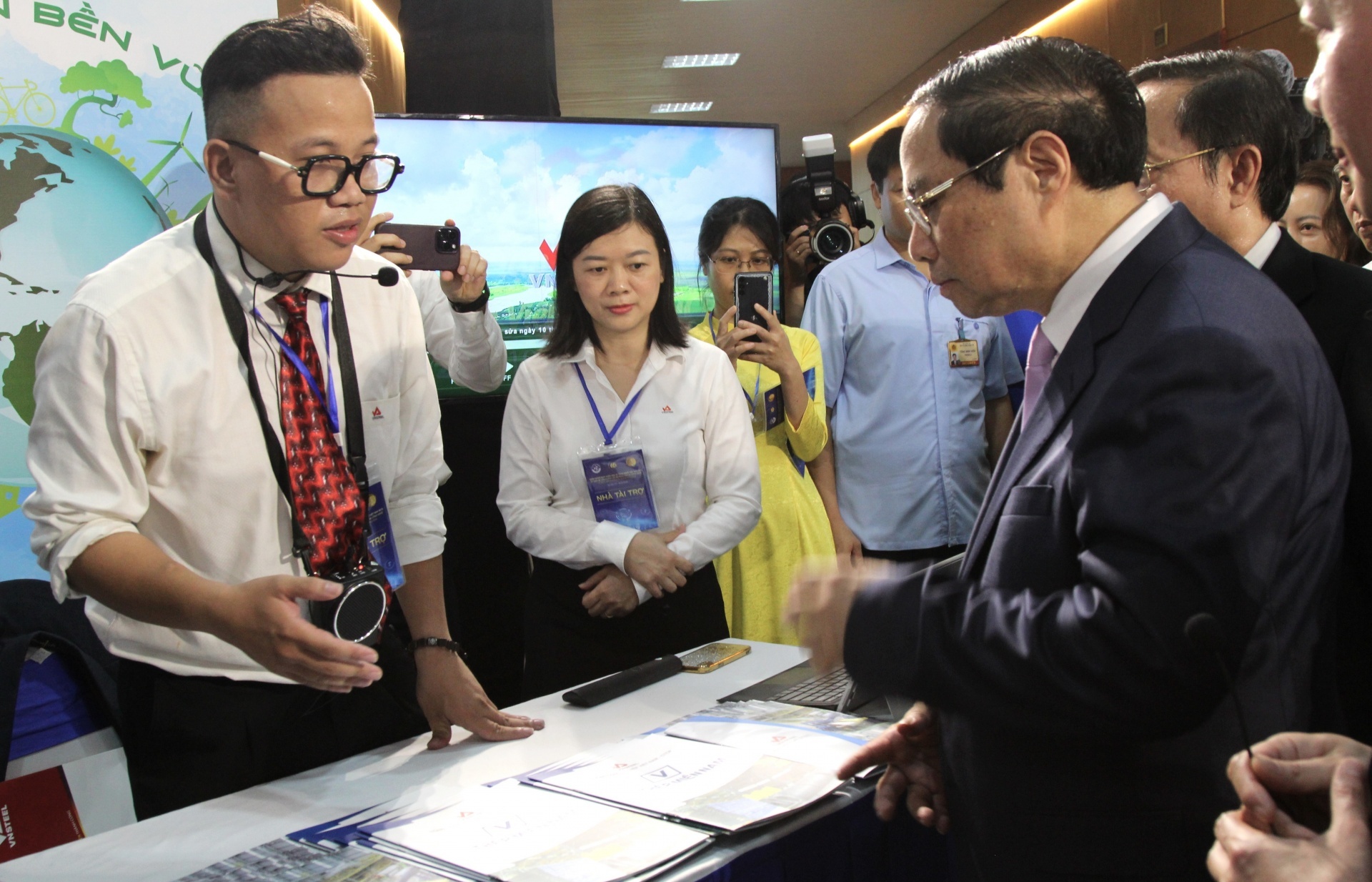




 Mobile Version
Mobile Version